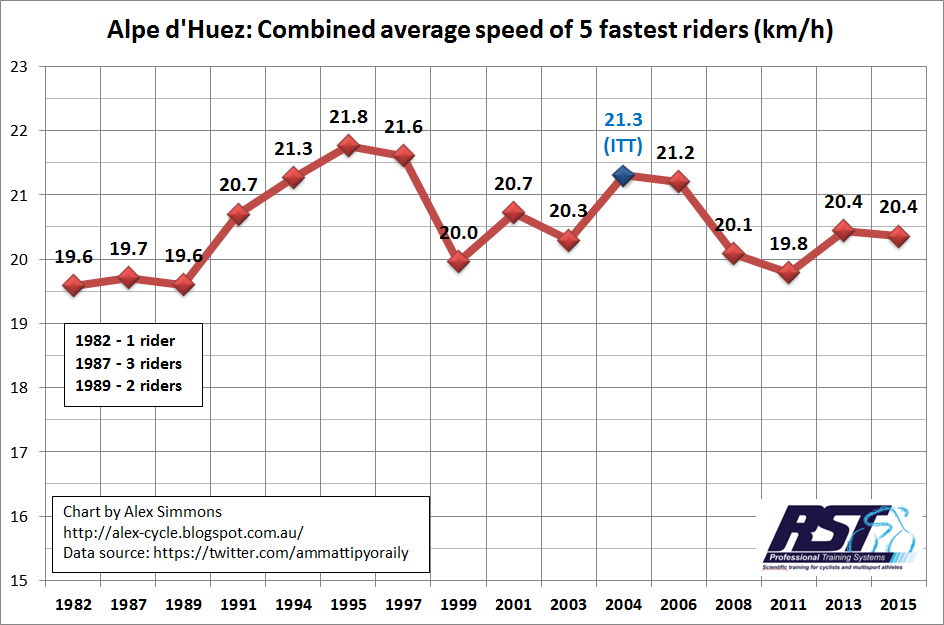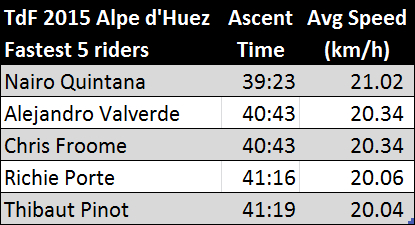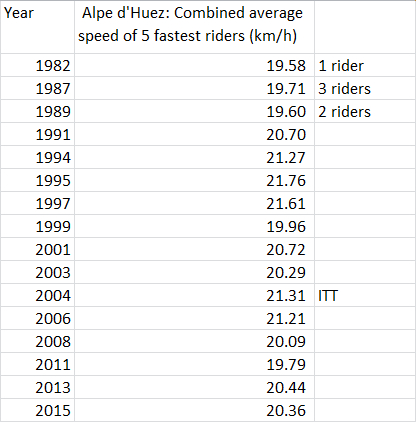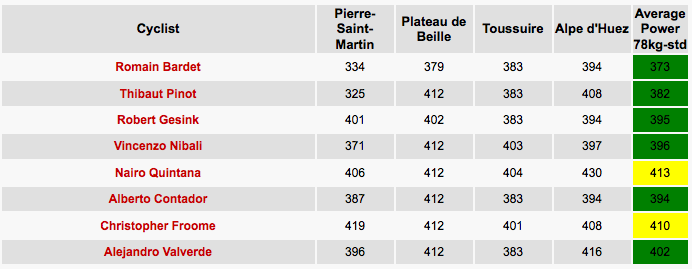willbick said:
When comparing recent climbing rates to those of the EPO days people seem to assume it is impossible for a 'clean' rider to match the EPO times, but surely there has been gains in other ways in recent years. E.g. Prolonged altitude training camps (which is basically a legal expensive way of replicating the effects of EPO), better training techniques, better nutrition , facilities etc. also are the bikes lighter now or has the 6.8kg limit been in place for a long time?
The 6,8kg rule has been in place since 2000, but even 25 years ago the bikes were very light. LeMond's 1991 carbon fibre bike was an incredible machine.
Tiny improvements in training and equipment are never going to be enough to make up for the quantum leap in performance that EPO provides.
A quick look at the 100 metre dash record shows us how little we improve performance over time. In 1968 Jim Hines ran a 9.95. 31 years later, in 1999, Maurice Greene posted a 9.79. An improvement of 0.16 seconds, Roughly a 1,6% gain. Merckx posted an hour record in 1972 that stood for 28 years until Boardman beat it by 10 metres in 2000 on similar equipment. A doped up Sosenka improved it by 300 metres five years later.
Raw human performance doesn't really improve by much over time, unless there's shady business involved. A lot of the records set by the systematic doping regimes of East-Germany and the Soviet Union in athletics still stand today, and a huge amount of records remain unbroken since the 80's, where steroid use was rampant. Here's a list of mostly short duration/high-intensity sports the roid records still stand:
- The men's hammer throw and men's and women's discus records are unbroken since the 80's. All of them by Germans and Soviets.
- The women's 400 metre record was set in 1985 by Martina Koch of East-Germany. No-one has been within a second of it since 1996.
- The women's long jump record has stood since 1988. Soviets again.
- Women's shot put, set in 1987 by a Soviet.
- Sotomayor's high jump records have not been bested by another jumper since 1987, when he set his first of three. The women's high jump record has stood since 1987.
- The women's 800m record is over 30 years old.
- The men's 400m record has been broken three times since IAAF started electronic timing in 1968. Again a 1,6% gain.
- The women's 200m record has stood since 1988
- Men's shot put WR was set in 1990.
- The men's long jump record has been broken twice since 1968, by Bob Beamon and Mike Powell.
For endurance sports, EPO was the game changer. If someone is doing noticeably better than those riders in the 80's, it's most likely due to something other than better training or evolution of human performance. Then the two biggest possibilities would be bike weight and dope. It would be interesting to get a more precise value for equipment weight for the pre-EPO riders, just to factor that into the calculations of W/kg. That would allow us to adjust the power values and provide a more accurate comparison of yesterday's riders compared to today's.










